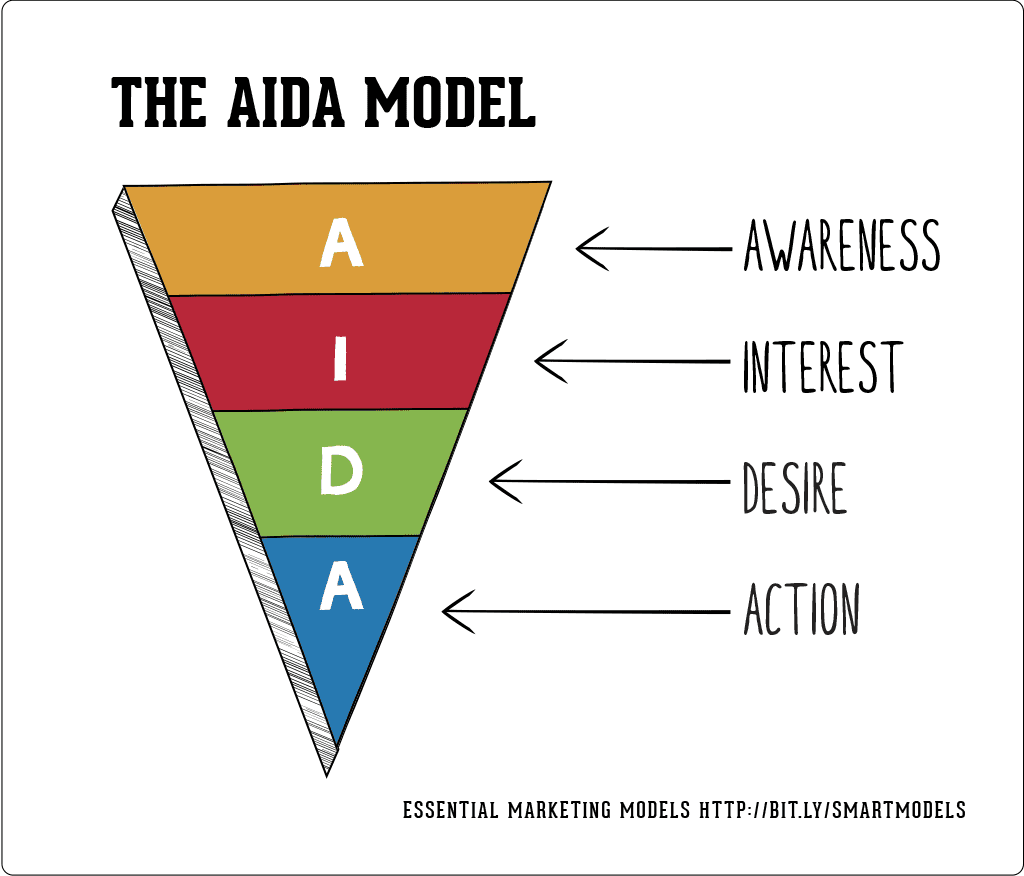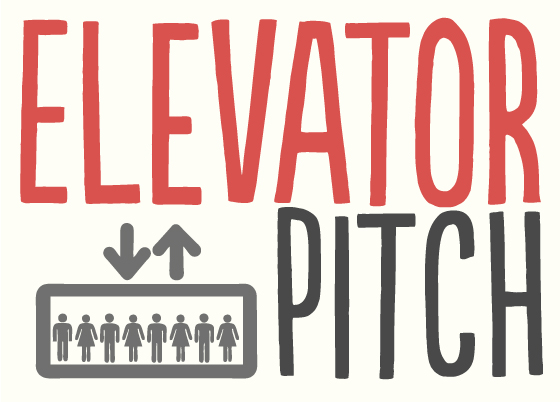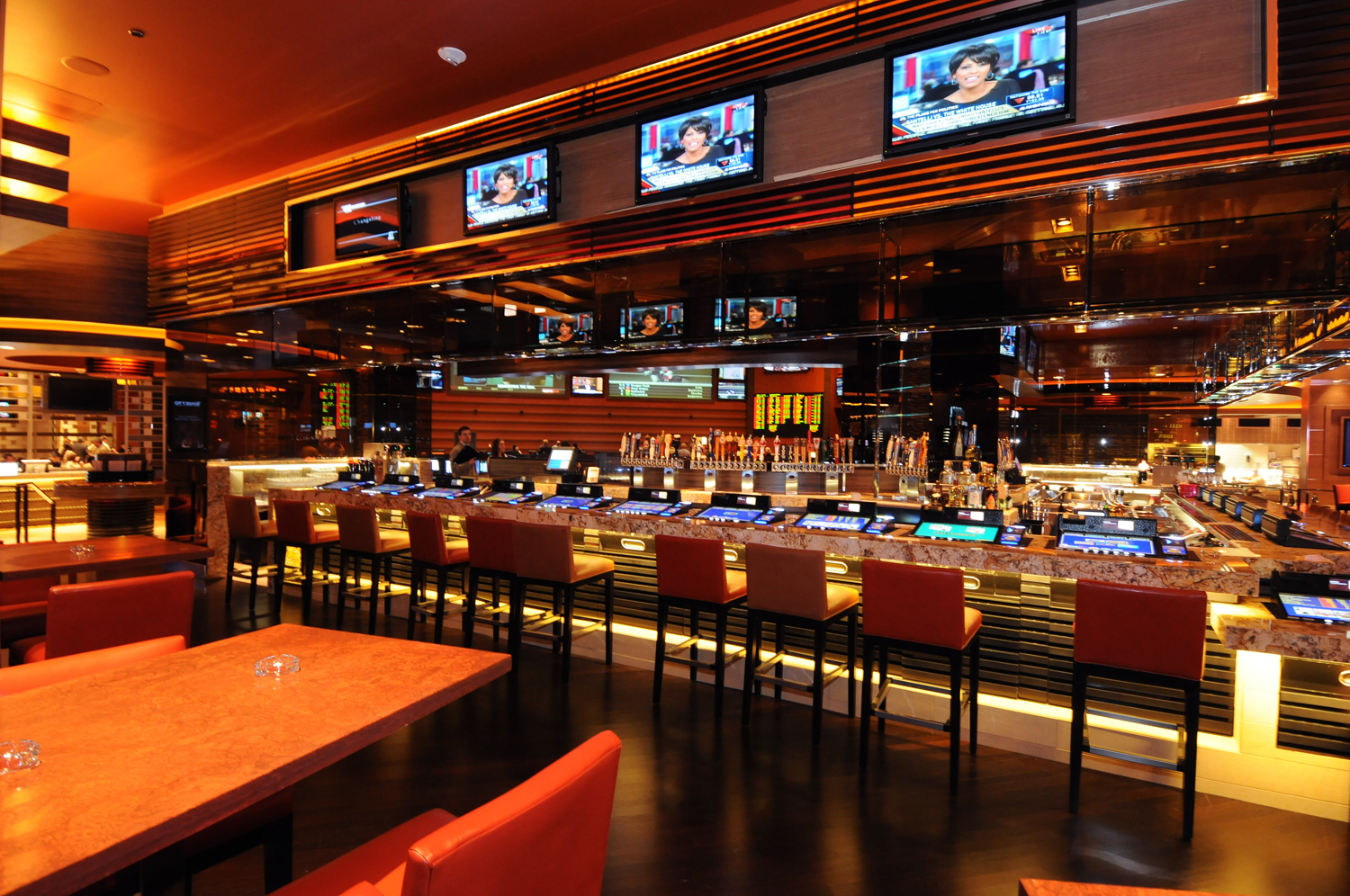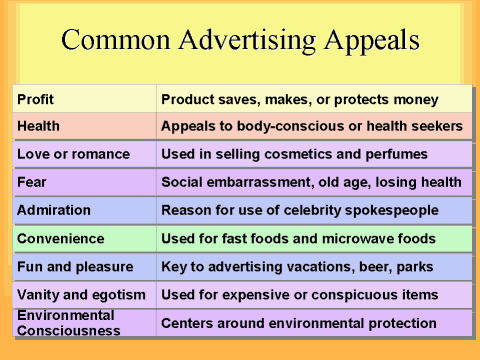Week 14
Tuesday
 On Tuesday, we had a meeting with Professor Spotts. This meeting took the place of our regularly scheduled class as they have in the past. The main focus of this meeting was our brand strategy memo. We discussed our brand strategy memo in length and went over the ways we could change it and to improve it. We also discussed how the rest of the project would come together. We were given templates to create business cards for the expo. We were also assigned to edit our brand strategy memo. Lastly, we were assigned to create a fact sheet about our project on the given template. We were also made aware that everyone on our team must memorize the value proposition of our product as well as our pitch once it is finalized. We have since completed our business cards for each student along with having each student memorize the value proposition. Our pitch will also be completed and people will be familiarized with it for the expo next Thursday.
On Tuesday, we had a meeting with Professor Spotts. This meeting took the place of our regularly scheduled class as they have in the past. The main focus of this meeting was our brand strategy memo. We discussed our brand strategy memo in length and went over the ways we could change it and to improve it. We also discussed how the rest of the project would come together. We were given templates to create business cards for the expo. We were also assigned to edit our brand strategy memo. Lastly, we were assigned to create a fact sheet about our project on the given template. We were also made aware that everyone on our team must memorize the value proposition of our product as well as our pitch once it is finalized. We have since completed our business cards for each student along with having each student memorize the value proposition. Our pitch will also be completed and people will be familiarized with it for the expo next Thursday.Thursday
 On Thursday, we had a group meeting with the engineers in Sleith. During this class time we began by teaching the engineers something about business and they taught us something about engineering. This gave us the opportunity to understand the other side of our product a bit better. We taught they engineers about the value proposition, our target market, and our brand strategy. They seemed to struggle with it but I think they got a basic understanding of our side of the project in this way. They taught us about the basic wiring of our product and the names of some of the components of the product. This helped both us and the engineers have a better understanding of the other side of the project. This can help us to come together as one and not make it such a two sided project. It helps to make it one collective project that we all understand. Thursday in class we also went over our pitch that has been created. Each of us is familiarizing ourselves with the pitch so that we could all recite it if needed at the expo next Thursday.
On Thursday, we had a group meeting with the engineers in Sleith. During this class time we began by teaching the engineers something about business and they taught us something about engineering. This gave us the opportunity to understand the other side of our product a bit better. We taught they engineers about the value proposition, our target market, and our brand strategy. They seemed to struggle with it but I think they got a basic understanding of our side of the project in this way. They taught us about the basic wiring of our product and the names of some of the components of the product. This helped both us and the engineers have a better understanding of the other side of the project. This can help us to come together as one and not make it such a two sided project. It helps to make it one collective project that we all understand. Thursday in class we also went over our pitch that has been created. Each of us is familiarizing ourselves with the pitch so that we could all recite it if needed at the expo next Thursday. Smart Project
Other things that we must complete for our smart project includes a fact sheet. We will complete that at our meeting we are having later tonight (Thursday). We must also all memorize our pitch in the case that it needs to be delivered by more than one person at the expo. We also need to think about the setup we will display at the expo. All of these things will need to be addressed at our meeting tonight.







